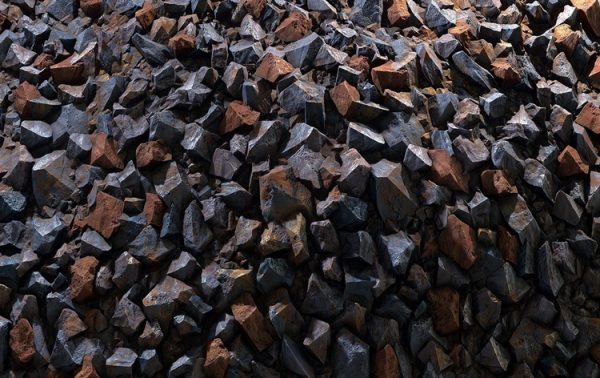Simandou in Guinea is home to the world’s richest untapped deposits of iron ore but legal wrangling, alleged corruption and the difficulty of access to the mountain region mean it has yet to be developed.
1997 – Rio Tinto granted first exploration licence to develop blocks 1,2,3, and 4 in the Simandou mountains, a 110-kilometre-long range, 550 kilometres south of Guinea’s capital Conakry.
2006 – BSGR granted exploration permits in blocks adjoining Rio concessions.
July 2008 – President Lansana Conté strips Rio of rights to half the project (blocks 1 and 2) in a presidential decree. He later awards it to BSGR.
Rio Tinto questions the legality of the actions. In answer to Guinea’s complaint that it was moving too slowly, Rio said in a statement at the time that the project was a very large, complex undertaking.
April 2010 – BSGR signs a framework agreement to sell 51% of its Guinean assets to Brazil’s Vale for $2.5 billion.
October 2012 – Vale says it is putting its Simandou project on hold, blaming falling iron ore prices. In the same month, the Guinean mining committee writes to BSGR detailing bribery allegations. Extracts of the letter have been published in legal filings.
January 2013 – U.S. grand jury opens investigation into potential breaches of the Foreign Corrupt Practices Act relating to BSGR practices in Guinea.
The probe concludes with Frédéric Cilins, a French businessman, pleading guilty to one count of obstructing a criminal investigation. He was sentenced to 24 months in jail in July 2014. He served 12 months. BSGR has stated repeatedly that it had nothing to do with Cilins and his “alleged actions”.
April 2014 – Guinean government announces it is stripping BSGR of its mining rights after a government inquiry concludes it won them through bribery.
Rio Tinto files a U.S. lawsuit against Vale, Beny Steinmetz and BSGR accusing them of conspiring to misappropriate its mining rights in the Simandou region.
The United States District Court of the Southern District of New York later dismisses the complaint on the grounds Rio had waited too long to file it. Rio said the judge’s decision had focused on a narrow point of law, not the merits of the case. Vale, Steinmetz and BSGR had all denied any wrongdoing. They repeated those denials when contacted by Reuters this week.
April 2017 – BSGR files a lawsuit in the U.S District Court in the Southern District of New York accusing financier George Soros of manipulating the government of Guinea and elected officials to strip BSGR of mining contacts. The suit has yet to be resolved. A statement from George Soros and Open Society Foundations said the claim is “entirely false”.
March 2018 – BSGR announces it has voluntarily entered administration to protect its assets because of the legal action it faces.
February 2019 – BSGR says it will walk away from the Simandou project as part of a settlement with the Guinean government, in which both parties agreed to drop outstanding legal action.
(By Barbara Lewis and Marta Nogueira; Editing by Carmel Crimmins) Reuters
.png)




